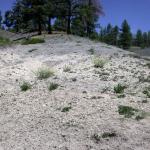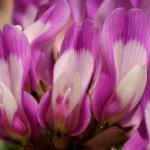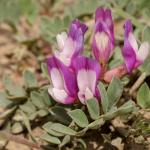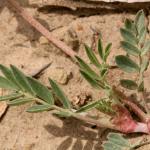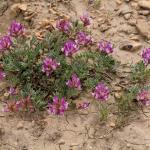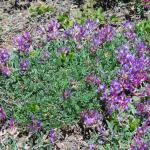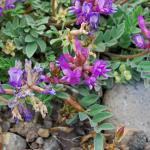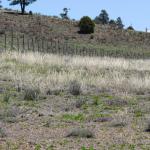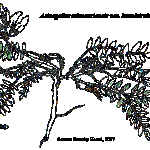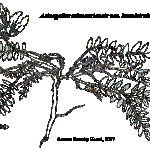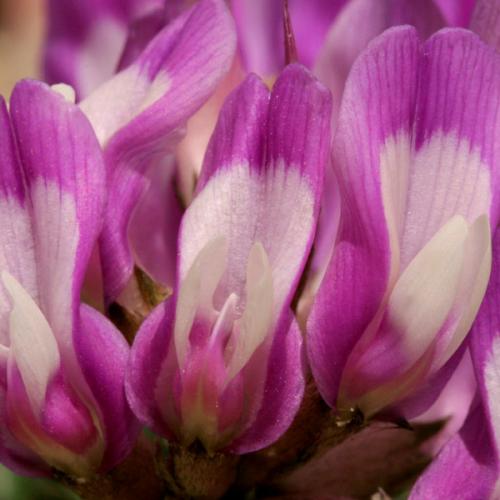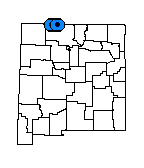Astragalus missouriensis var. humistratus (Pagosa Milkvetch)
| USFWS | State of NM | USFS | BLM | Navajo Nation | State Rank | Global Rank | R-E-D Code | NMRPTC Status | Strategy Status |
|---|---|---|---|---|---|---|---|---|---|
| SEN | S1 | G5T2 | 2-1-2 | R | SS |
| Overall Conservation Status | Documented Threats | Actions Needed |
|---|---|---|
| UNDER CONSERVED | No Information |
Status surveys on abundance, distribution and threats |
Isley, D. 1998. Native and naturalized Leguminosae (Fabaceae) of the United States. Monte L. Bean Life Science Museum, Brigham Young University, Provo, Utah.
*Decker, K. 2006. Astragalus missouriensis Nutt. var. humistratus Isely (Missouri milkvetch): a technical conservation assessment. [Online]. USDA Forest Service, Rocky Mountain Region. Available: http://www.fs.fed.us/r2/projects/scp/assessments/astragalusmissouriensisvarhumistratus.pdf [accessed May 2007].
Isely D. 1983. New combinations and two new varieties in Astragalus, Orophaca, and Oxytropis (Leguminosae). Systematic Botany 8:420-426.
For distribution maps and more information, visit Natural Heritage New Mexico

